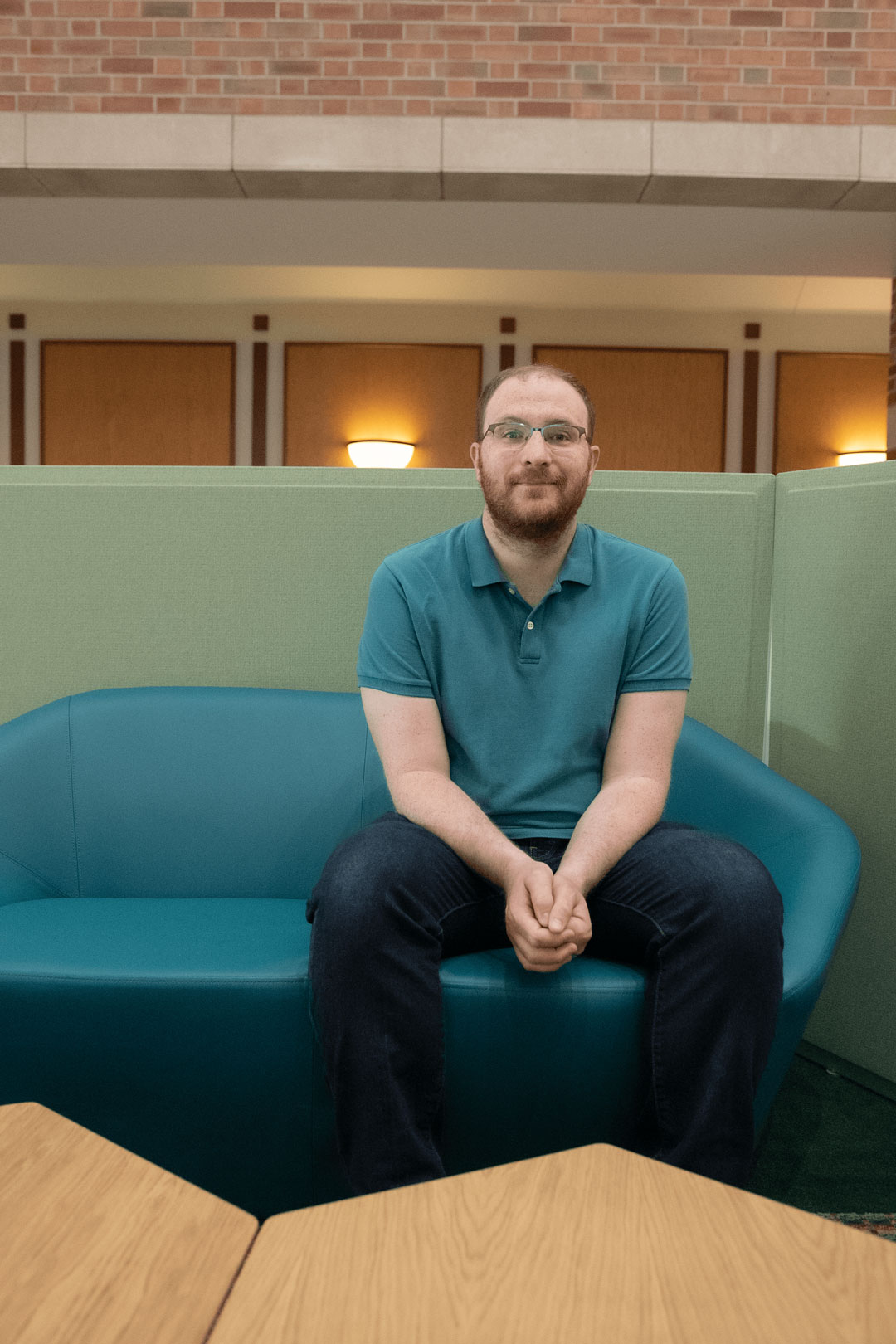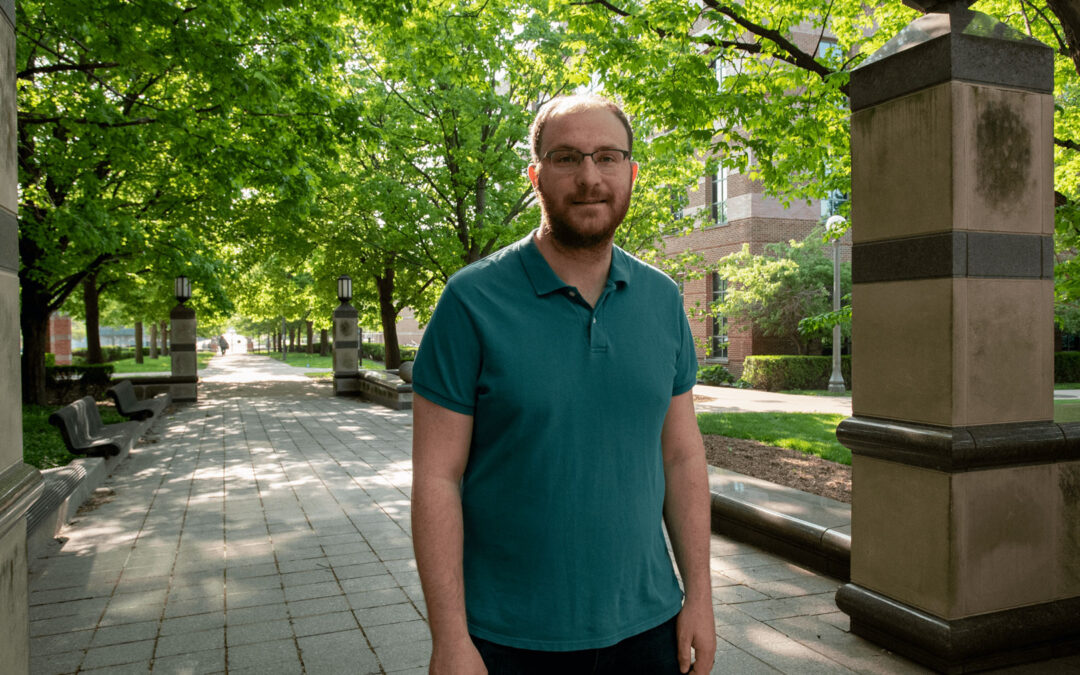Urbana, Ill. – Patrick Sweeney, an expert in the brain’s regulation of feeding and body weight, recently joined the University of Illinois as an assistant professor of molecular and integrative physiology and a scientist at the Cancer Center at Illinois (CCIL) to focus on cancer-related cachexia.
Cancer patients often experience cachexia, or the loss of lean mass, and physical malaise and late-stage anorexia due to the disease and its treatments’ toll on the body.
Cachexia and chemotherapy-related sickness activate the same neural circuits, telling the body that it is in danger. In chronic diseases, these continue to be activated and the body demands higher levels of energy. Lean mass, which is energetic and holds many calories, will be targeted to burn for energy, leading to downstream effects including frailty and malaise.
“Many cancer patients show loss of lean mass, and I suspect there are conserved pathways in the brain that are involved in cachexia. Prior work suggests that there are circuits in the hypothalamus and hindbrain that drive features associated with cachexia – reduced appetite and malaise – which could be interesting targets if we can block them from being activated,” Sweeney said.
To drive this innovative research forward, Sweeney is collaborating with fellow CCIL researcher Erik Nelson to test compounds in animal models to determine whether it is possible to reduce cachexia and other unpleasant feelings associated with cachexia in cancer patients.
Sweeney’s previous studies have shown that activating the melanocortin 3 receptor in the brain can increase appetite and may be able to induce gains in lean mass in mouse models with cancer. These findings could be important for future studies of anorexia nervosa and cachexia, especially in maintaining lean mass in patients.
While many cancers are associated with cachexia, some subtypes such as pancreatic cancer show higher rates than others. Sweeney intends to focus on Lewis lung carcinoma, which presents with increased rates of cachexia and has been previously studied in this field.
Sweeney suspects that there are conserved pathways in the brain that are involved with cachexia, such as those involved with the melanocortin 3 receptor.

“When these pathways are inhibited in mice, the mice exhibit normal food intake and reduced loss of lean mass, suggesting that targeting these neural pathways is a promising strategy for developing cachexia therapeutics,” Sweeney said. “These circuits in the brain are deep, primitive, and important across different species, so studies about them in animal models like the mouse may be able to be translated to humans.”
Sweeney is currently seeking new perspectives and collaborators from beyond the neuroscience community to include expertise in cancer biology, computation, animal models, and muscle physiology to explore new avenues in this research.
“I’m looking forward to establishing new projects and being able to implement the latest and greatest techniques coming out of Illinois labs. There’s new techniques that are being released all the time that can shift research in neuroscience and cancer biology,” Sweeney said.
– Written by the CCIL Communications Team

